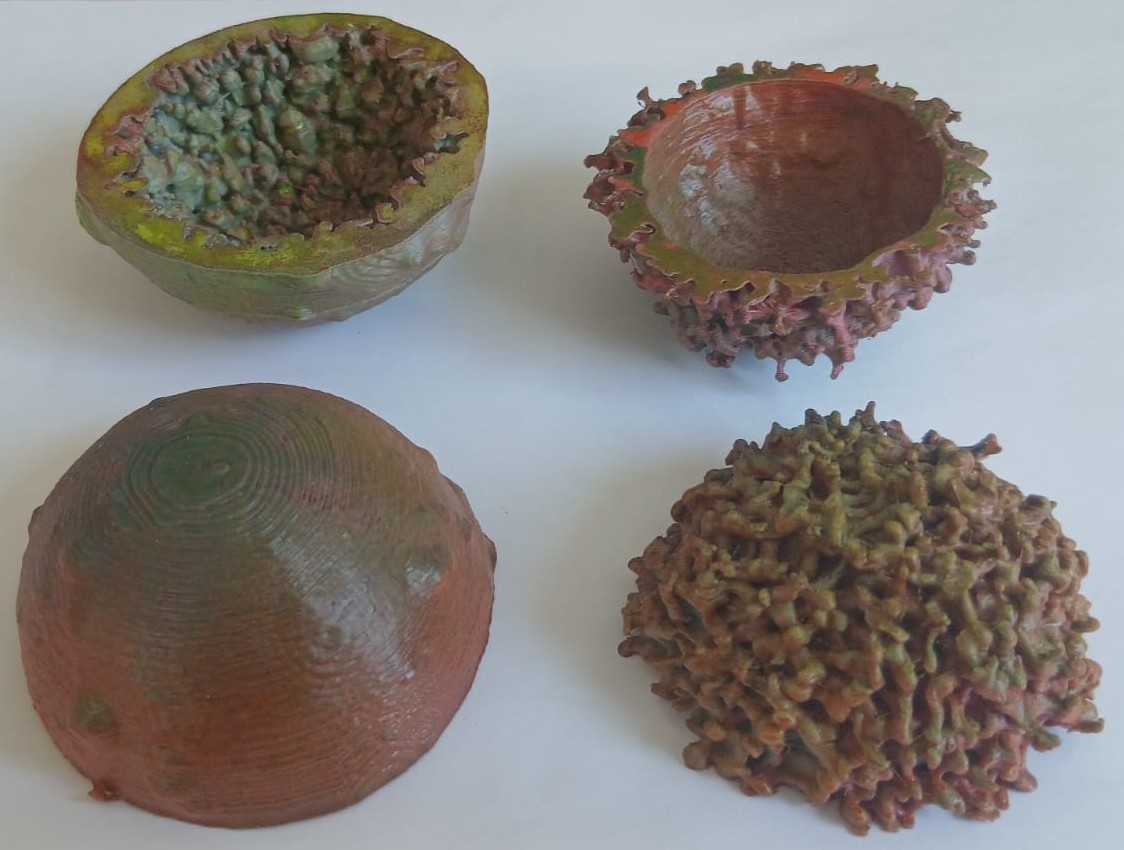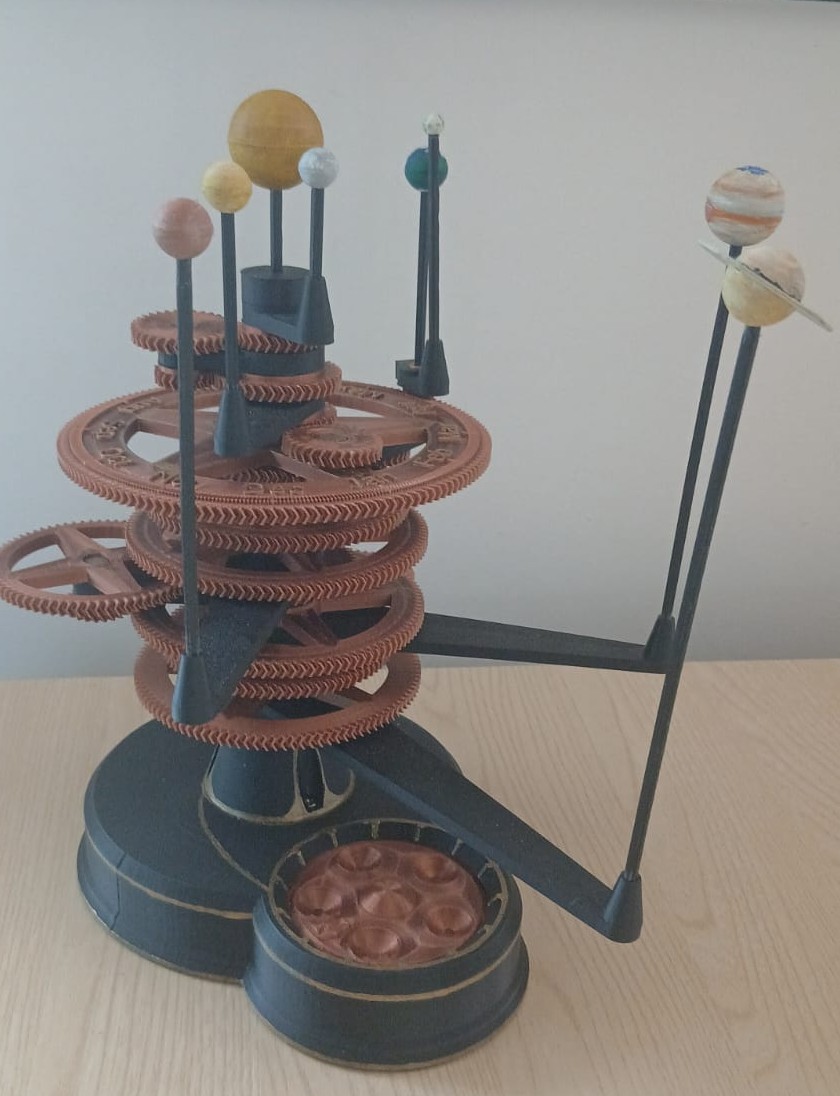Research Interests
Overview
My main research interests revolve around stellar binary evoulution and transients:
- Luminous Red Novae (LRNe)
- Common envelope evolution
- Supernovae
- Any weird transients
- Methods for large data
- Public Outreach
Active Research
TiDES
I am an active member of the Time-Domain Extragalactic Survey (TiDES), which will provide spectroscopic follow-up of LSST transients. TiDES will be conducted over 5 years using 4MOST, observing over 30000 SNe, 100,000 SN host galaxies, and conducting an AGN reverbaration mapping experiment. Throughout my PhD, I made several contributions towards TiDES which include developing an automated spectral analysis pipeline for SNe Ia, worked on the selecion of young SNe for follow-up, and developing the TiDES website.
SN Spectral Analysis Pipeline
Spectral measurements, such as equivalent widths and velocities, of the spectral features in a SN spectrum are usually obtained on a case by case basis, with each SN being analysed manually. In the era of TiDES, which will observe more than 30000 SNe over 5 years, means that many of the spectra will go unanalysed. Therefore, an automated pipeline to measure equivalent widths and velocities of SN spectral features was to be developed, unlocking the statistical potential of the large TiDES sample.
During my PhD, I was tasked with developing this pipeline for TiDES, which can be found on Github. The pipeline is based on a code called Spextractor originally developed by Seméli Papadogiannakis and later maintained and updated by Anthony Burrow.
Early SN Selection
TiDES will select transient targets for spectroscopic follow-up from LSST. The proposed TiDES selection criteria were not optimised for a particular science case, meaning that observations of early SNe were not optimal. In collaboration with other TiDES members, I worked on a producing a different set of selection criteria optimised for the selection of early SNe. I showed that the new proposed selection criteria could improve the number of observed early SNe.
Additionally, the number of early SNe that TiDES could observe is heavily impacted by the observing strategy. As such, in this work I also made suggestions on how to change the observing strategy such that the number of early SNe observations are increased.
To find out more regarding this work, please read my publication.
4MOST
The 4m Multi-Object Spectroscopic Telescope is a fibre-fed spectroscopic survey facilioty hosted on the VISTA telescope. Over 5 years 10 constortium surveys and 15 community surveys will share 4MOST to observe the southern sky. What makes 4MOST unique is its ~2400 science fibres distributed accros a wide field of view (4.2 square degrees), which will allow the many surveys to conduct observations of their various science targets simulatenously.
I have been involved in 4MOST since 2022, joining the Commissioning Team in February 2023 and the Science Communication Group in February 2024.
As part of the Commissioning Team, I was involved in the development of the analysis software package used by the Team. I have taken responsibility of 3 procedures regarding calibration data (bias, dark, and flat frame calibrations), which monitor the health of the instrument. For these procedures I have ensured their feasibility, developed analysis scripts, overseen data reductions and analysis, and reported any findings. In December 2025 I will travel to Paranal, Chile, to contribute to the on-site commissioning effort. During my time there I will take responsibility of taking calibration data, performing various tests/experiments, take science observations, reduce data, and analyse data.
My role in the Science Communication Group involves maintaining the 4MOST website, including writing news articles, maintaining the gallery, and developing new ideas to keep to website up to date. I am also involved in the production of social media content and was heavily involved in the Science Communication Group's preparations for the 4MOST first light press release.
Past Research
Luminous Red Novae
As part of my Master's research, I studied luminous red novae (LRNe) and developed a novel method for identifying Galactic star systems that could (in the near future) outburst as a LRN. The method involved identify Hertzsprung-gap stars (yellow giants/supergiants), which are believed to be LRN progenitors, from a Gaia observed colour magnitude diagram. The light curves of these stars were then investigated for any brightening that could be associated with LRN such as was seen for the famous LRN V1309-Sco. I identified 21 LRN precursor candidates, one of which was later classified as a high mass X-ray binary system.
This work was published in MNRAS and can be found here.
Outreach
World Space Week

The Tycho SN remnant that I 3D printed. Created by Ferrand, et al., which can be found here

The orrrey that I 3D printed. The 3D design can be found here
Over the last 3 years I have participated in University of Surrey Astrogroup's outreach highlight of the year, World Space Week. In a shopping center in Guildford town centre, the Astrogroup (and other departments from the University and IOP) setup stalls with demonstrations of the research that we do. Many members of the public, from young children to retirees, attend the yearly World Space Week event.
During the World Space Week event, I run a stall demonstrating stellar binary evolution using a program based on Rob Izzard's Binary C code. I have also developed an outreach tool called Sonic-Screwdriver, which is a tool used to demonstrating how the composition of a SN changes its observed spectrum. It is based on Dalek which is an emulator for Tardis, a radiative-transfer spectral sysnthesis code. For fun, Sonic-Screwdriver also sonifies the simulated spectrum, making it more accessible to sight-impared people and to make it more engaging for children and child-like adults (of which I am!).
This year, I experimented with 3D printing to make my research accessible to the public. I printed a 3D representation of the Tycho SN remnant created by Ferrand, et al. Children took a great interest in the model, particularly to its intriguing texture. I also 3D printed an orrery, with the inner 6 planents, the Sun, and the Moon. The 3D printing community is amazing with making things free and easily available. The orrey design that I printed can be found at Thingiverse.